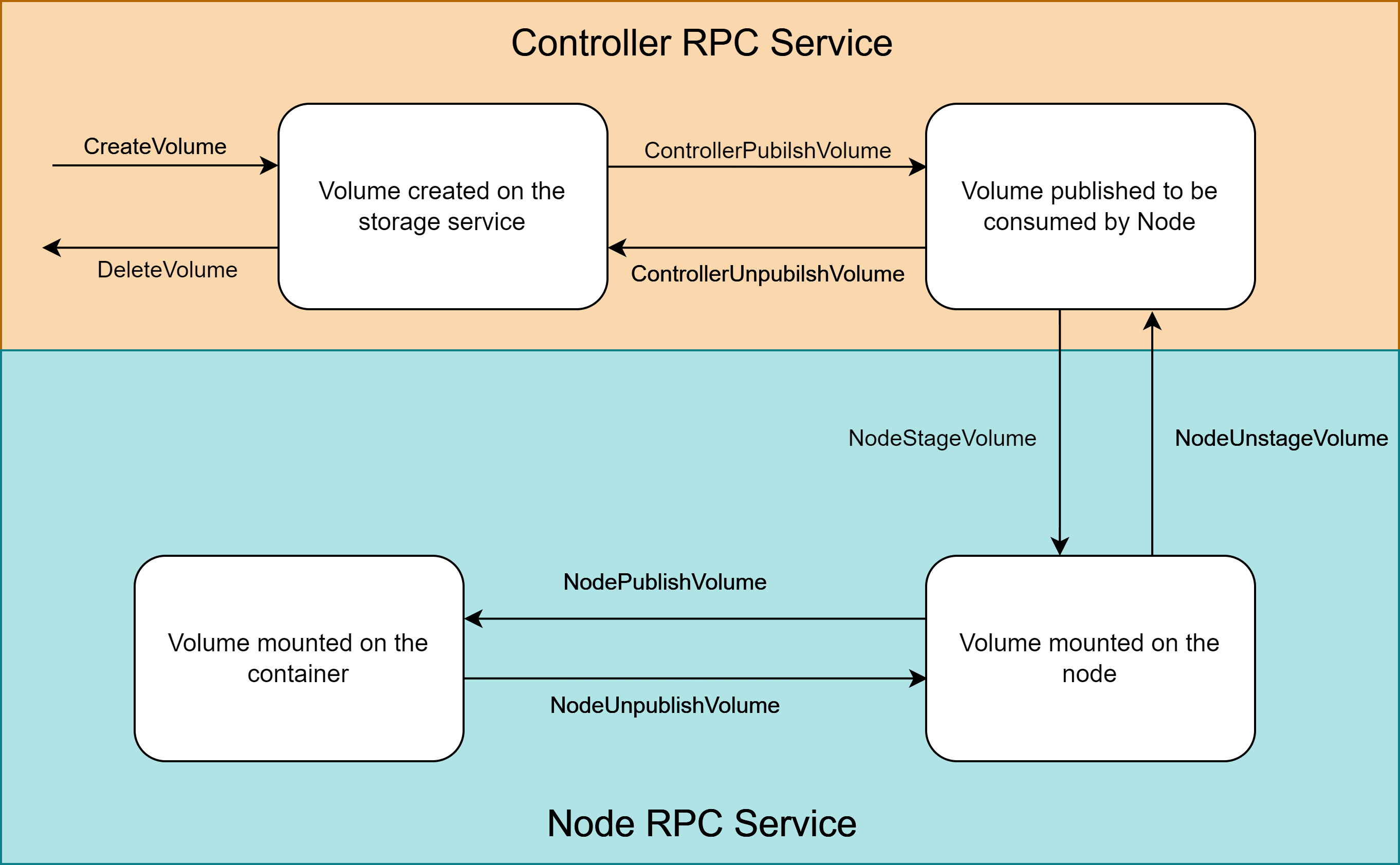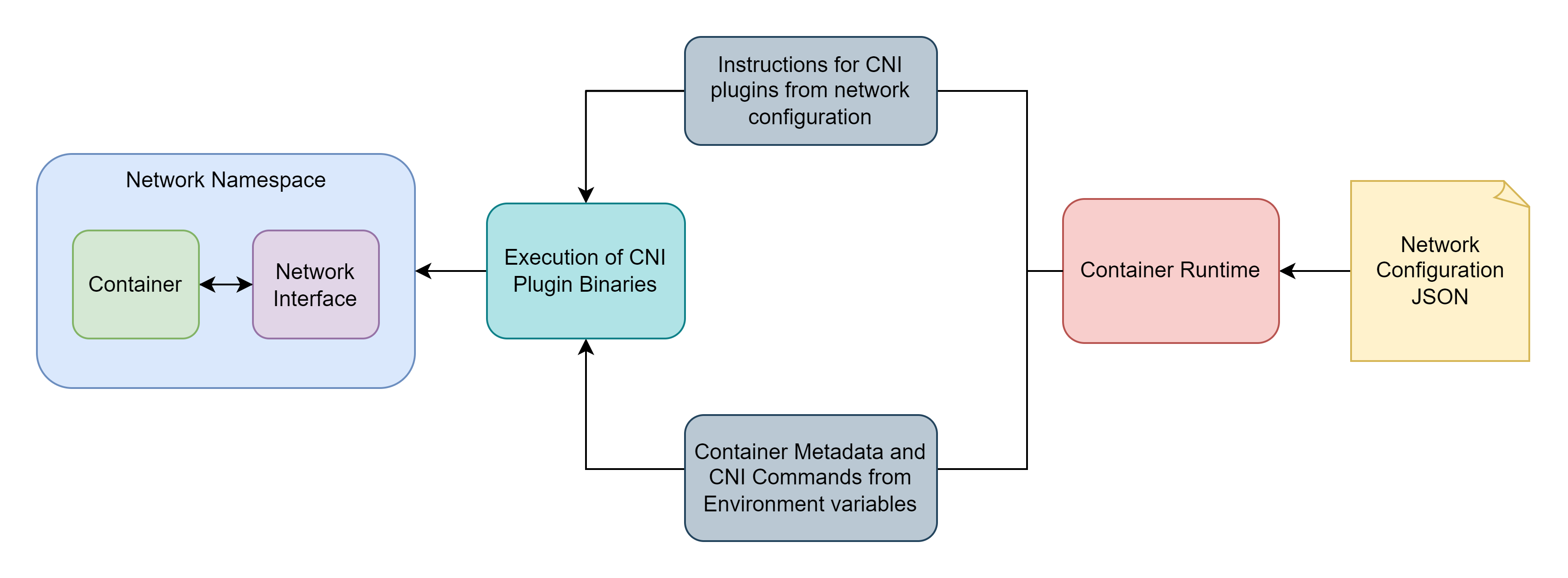Network Functions
Telcos (Telecommunication companies) deploy networks that have high availability, are scalable, and resilient covering entire countries. Components like routers, firewalls, and DHCP servers (called Network Functions) are the building blocks of such large network deployments. Traditionally, network functions were deployed on proprietary hardware with application-specific integrated circuits and installed on the telco’s premise (baremetal deployment). Such network functions are called Platform Network Functions (PNFs). PNF deployments present the following challenges:...

